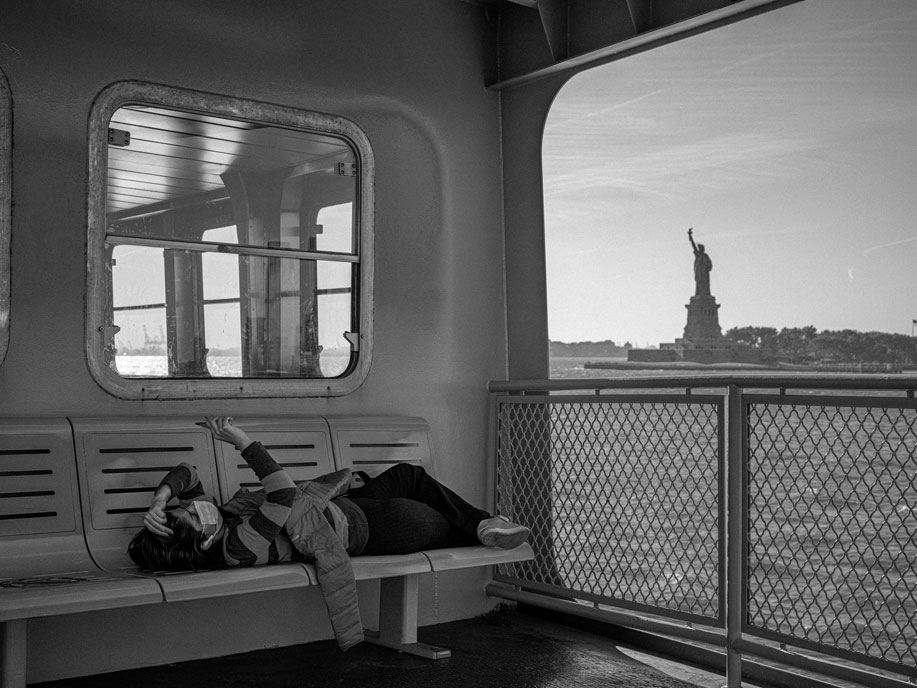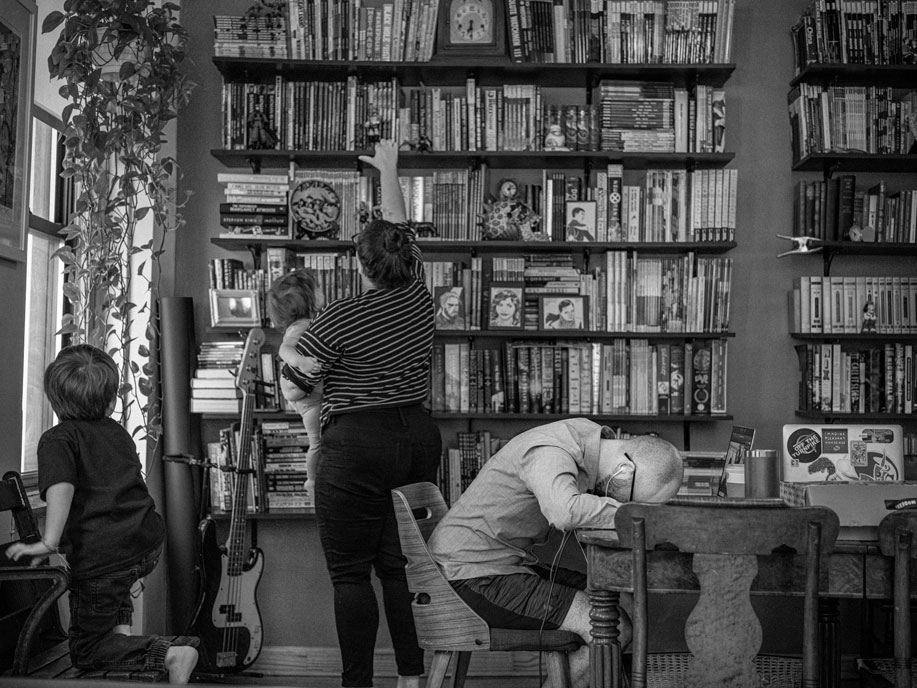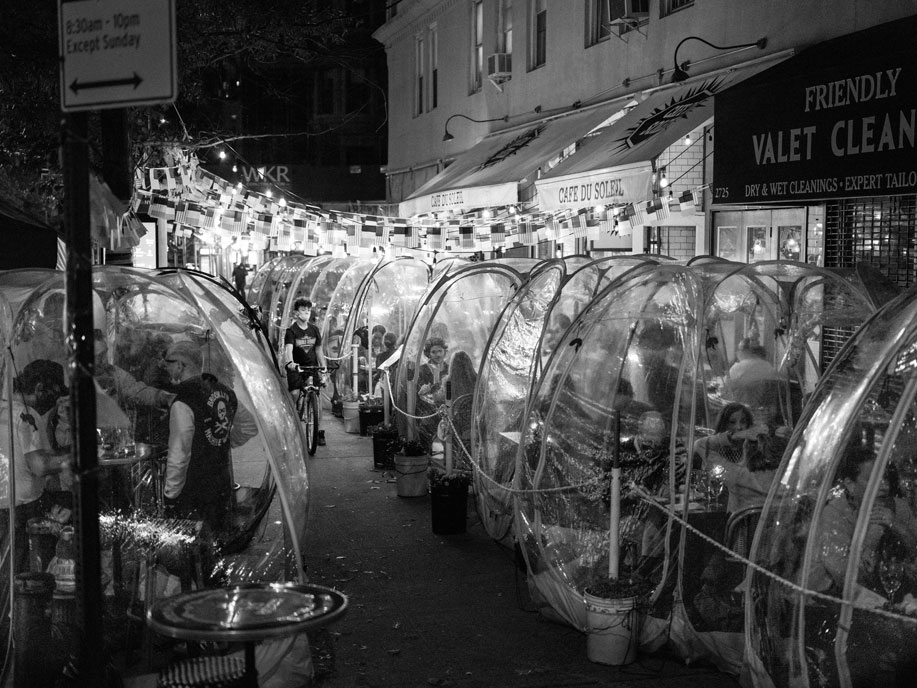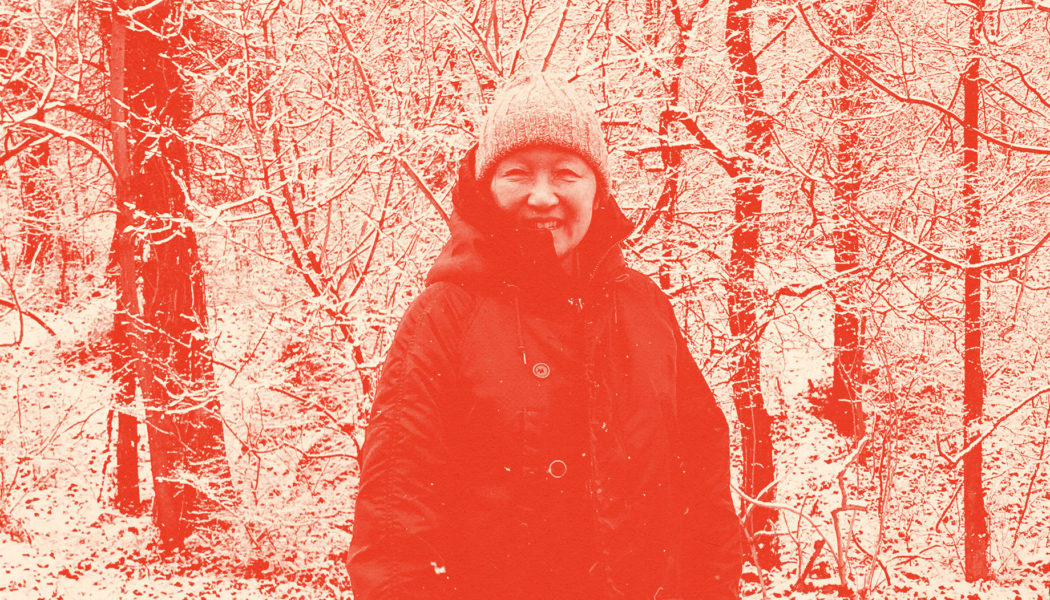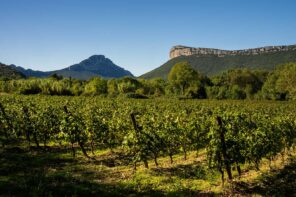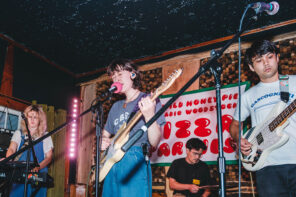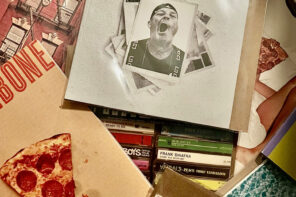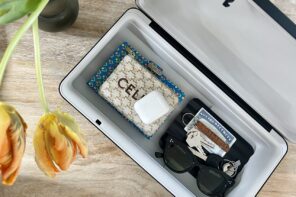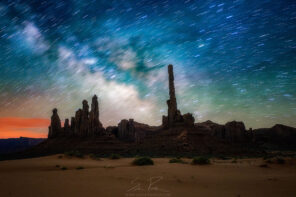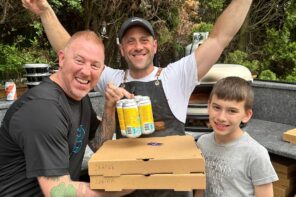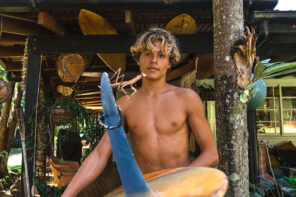Nakyung Han, Photo Editor at The New York Times
This year, the Whalebone team wanted to add a slightly different perspective to the judging panel. Nakyung Han happens to be the Deputy Photo Editor over at a little publication called The New York Times—no big deal. She also happens to be our very first ever judge who does not make a living taking photos. But rather, she is responsible for selecting and curating photos to tell stories and accentuate them. No small feat. All that to say Nakyung knows a thing or two about good-lookin’ photos.
Whalebone: How did you find yourself in the role you’re in today?
Nakyung Han: Oh wow, let’s see. I was a studio art major in college and found myself really attracted to photography. When I graduated I knew I wanted a job that involved photography, anything really, a Fotomat sounded dreamy. I started looking and found myself interviewing with then photo editor Tom McGovern and photographer Fred McDarrah of The Village Voice. I was extremely lucky to land that first role as Assistant Photo Editor and that led me into a career of editing for various magazines, a website and now The Times.
WB: What does a normal day look like for you?
NH: So it differs a little bit, depending on the day—the managers in the photo department, we take turns doing the A1 page (front page), and those days, it’s just a lot of meetings, to be honest. But in between those meetings, we’re looking down the entire report to see which photographs we are going to show at a meeting of several editors or a handful of editors involved in making that A1 page.
There are usually six stories, sometimes there are five-story pages made. After the morning meeting, the word (copy) editor in charge of A1, usually Alison Mitchell, will say “Okay, these are the stories. These dozen stories are ones that we’re looking at to make page one today.”
Then I’ve got to go and see what images are available for those stories specifically. I’ll edit those onto a board that I show at our 2:45 meeting. But in addition to that, perhaps there’s a story that’s not going to be a story that makes it onto A1 in terms of words, but maybe it has really strong visuals. So I can pick one or a couple, or several photographs from those stories and pitch it for A1, and will run that as a reefer (means to refer), meaning as a reefer to the story that will run inside—a picture reefer is what we call it.
So that’s a typical A1 day. I start at 9 a.m. with the morning meeting and then there’s a series of meetings throughout the day and then we ideally end with the 4 p.m. news meeting, where we sum up the day and look towards the next 12- hour cycle of publishing.
And on days that I’m not doing A1, which are most days, it’s usually a mix of checking in with all of the photo editors and departments that I manage, which are most of the feature sections or all the feature sections, as well as business.
“We don’t want people to become numb to it.”
WB: What is the responsibility of selecting the right photos to tell a story or to convey a headline for an entity like the New York Times?
NH: There’s a great responsibility, be it selecting the appropriate production still from the latest musical on Broadway to bodies of civilians killed during this war in Ukraine.
As journalists, we are documenting the history of this world and it’s important we record that history with accuracy and fairness.
I was on A1 editing duty one day a couple of weeks ago and there was a graphic image from one of our photographers on the ground in Ukraine. It was of a body in the middle of a bombed-out city and the body was covered with what looked like a tablecloth. Given the news and stories going onto A1 that day, we decided against showing that image. We don’t want people to become numb to the effects of seeing graphic images. In turn, when we decide to publish them, it’s always weighed and discussed thoroughly with various editors and members of The Times’ Standards desk. It must pass the bar for newsworthiness. It’s with the hope that we help our readers understand the world better.
WB: A photo that you think encapsulates the emotion of joy?
NH: This entire project Keeping Love Close. (Images from this project pictured on the right.)
“I admire all the parents who’ve dealt with having kids at home.”
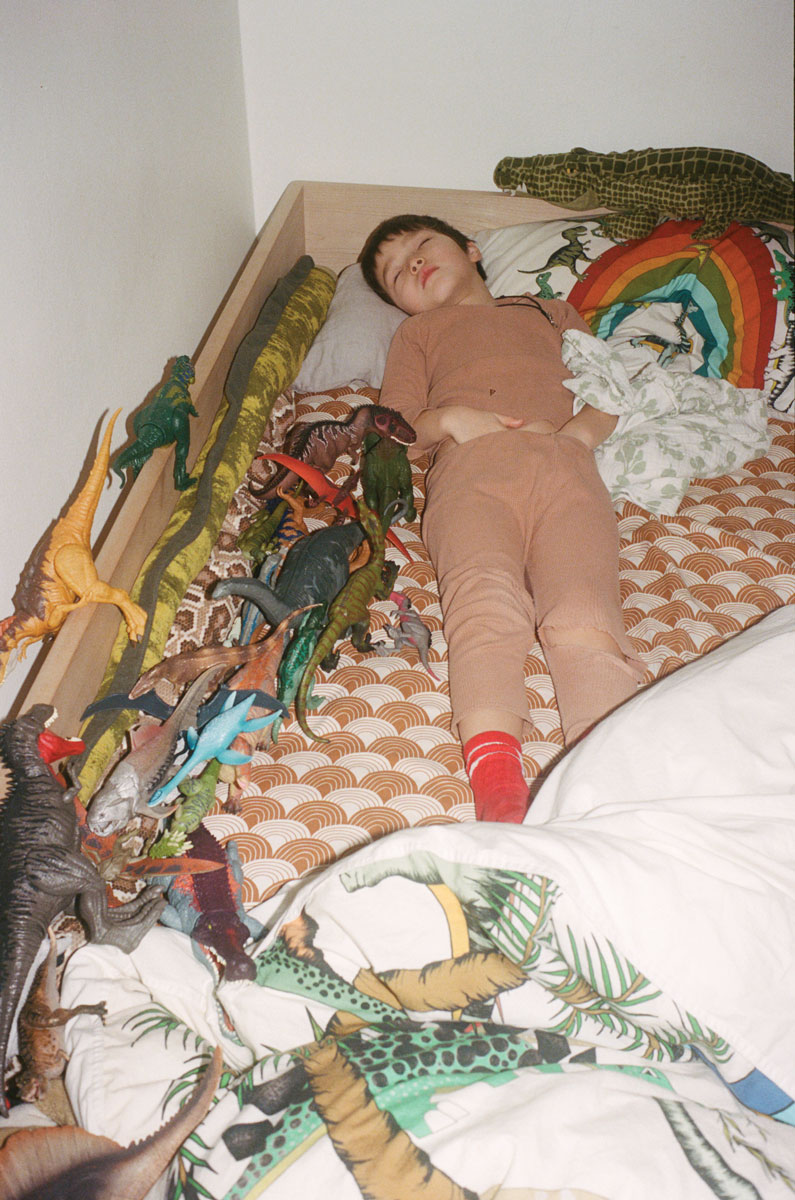
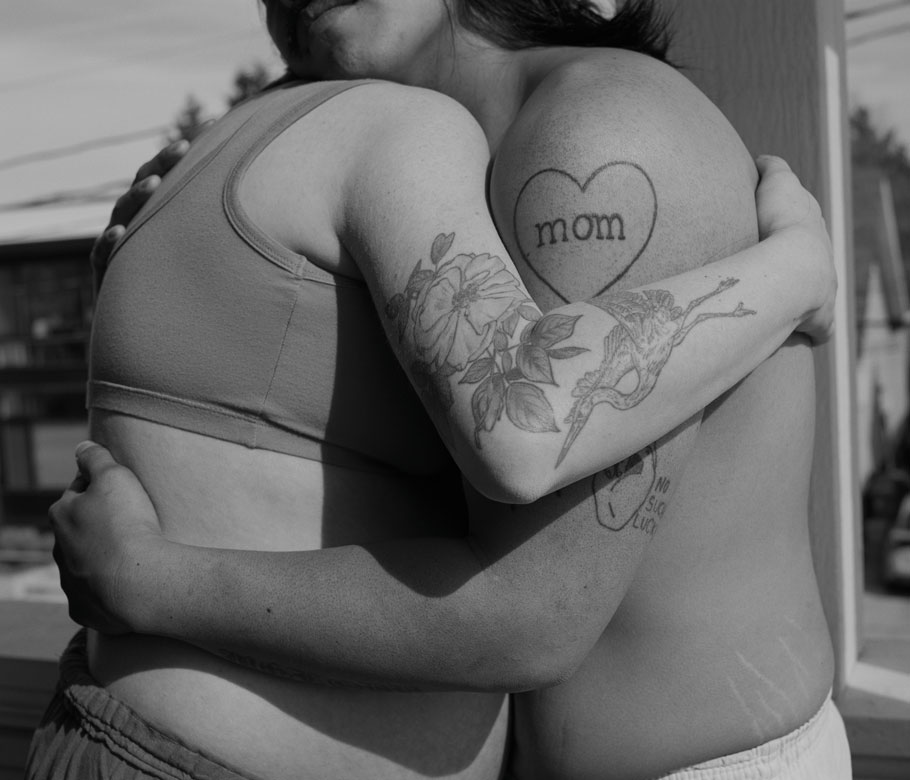
WB: Any advice for a photographer looking to get their work published?
NH: Do your homework, look at us, look at our digital site or pick up a copy of the newspaper. Then figure out where you fit in or would like to fit in. Show work that is relevant or work that in your opinion is a good fit for what we are doing. And if you’re trying to bring a different lens or a different style than what we usually do— make a good case for it and why it might be applicable.
WB: A few things you would recommend to do for someone who has never been to New York?
NH: I’ll answer this by sharing what I’d like to do soon on a beautiful spring day. Go see the Whitney Biennial, then walk up the Highline. When you get to Hudson Yards, stop down at Mercado Little Spain and grab some yummy tapas. I’d take in the view at The Edge and try my hand at making like a spider in Tomás Saraceno’s web/air installation at The Shed.
WB: Humans that you admire and why?
NH: During these last two years of COVID, I admire all the parents who’ve dealt with having kids at home and working from home and still managing everything. It’s just been so incredibly trying for all of us. My kids are a little bit older, but my colleagues have really little ones—it just takes a tremendous amount of patience and wherewithal to get through every day being a high-functioning adult. Big kudos and applause to them.
WB: Something you printed in 2020 that was most impactful for you?
NH: Our business photo editor Renee Melides worked with photographer Ashley Gilbertson to create this amazing body of work: A City Ruptured.
